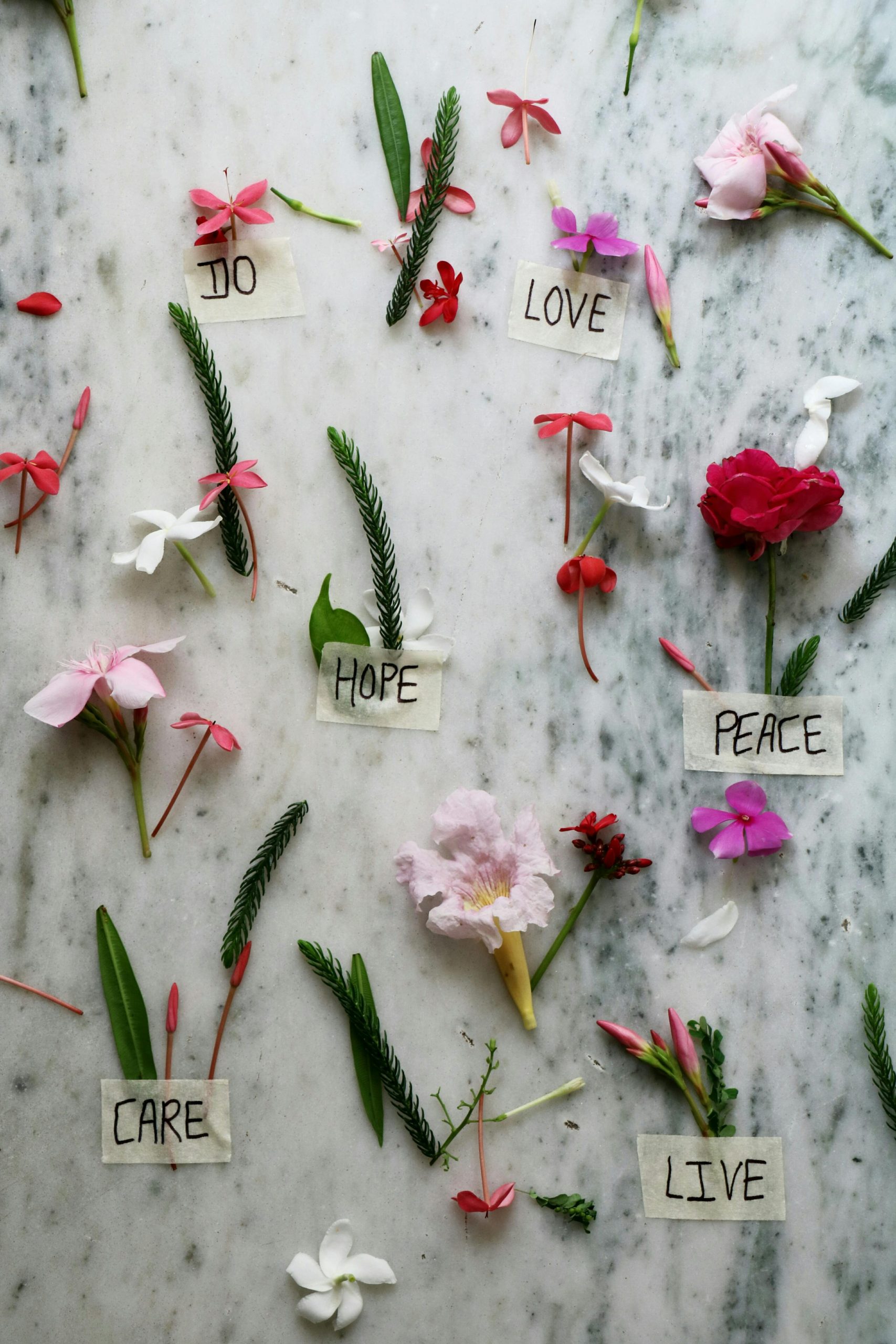Succulents are some of the most popular houseplants, and for good reason—they’re low-maintenance, visually striking, and come in countless varieties. However, even these hardy plants have specific needs to thrive. Whether you’re a first-time succulent owner or looking to refine your care routine, understanding the do’s and don’ts is key to keeping your plants healthy and vibrant. This guide covers everything you need to know about succulent care, from watering to sunlight and beyond.
Do’s for Healthy Succulents
Provide Plenty of Sunlight
Succulents love bright, indirect sunlight. Most varieties need at least 6 hours of sunlight per day to maintain their color and compact shape. Place them near a south- or east-facing window for optimal light exposure. If natural light is limited, consider using a grow light to supplement.
Use the Right Soil
Well-draining soil is essential for succulents. A mix specifically designed for cacti and succulents, or a homemade blend of potting soil with sand or perlite, prevents root rot by allowing excess water to escape quickly. Avoid dense, moisture-retentive soils that can suffocate roots.
Water Properly
The soak-and-dry method is the best way to water succulents. Thoroughly soak the soil, then let it dry completely before watering again. This mimics their natural desert environment. Always check the soil moisture with your finger—if the top inch is dry, it’s time to water.
Choose the Right Pot
Terracotta or ceramic pots with drainage holes are ideal for succulents. These materials allow the soil to breathe and prevent water from pooling at the bottom. If you’re using a decorative pot without drainage, place a nursery pot inside or add a layer of gravel at the base.
Don’ts That Can Harm Your Succulents
Don’t Overwater
Overwatering is the most common cause of succulent death. Succulents store water in their leaves, so they can go longer between waterings than other plants. Signs of overwatering include yellowing leaves, mushy stems, and root rot. When in doubt, wait a few extra days before watering.
Don’t Use a Spray Bottle
Misting succulents with a spray bottle doesn’t provide enough water and can encourage shallow root growth. Instead, water deeply at the soil level to ensure the roots absorb moisture properly.
Don’t Skip Drainage
Planting succulents in containers without drainage is a recipe for disaster. Excess water has nowhere to go, leading to soggy soil and root rot. If you must use a pot without holes, be extra cautious with watering.
Don’t Expose to Extreme Cold
Most succulents are not frost-tolerant. If you live in a cold climate, bring outdoor succulents inside during winter or protect them with frost cloth. Indoors, keep them away from drafty windows.
Common Succulent Problems and Solutions
Leggy or Stretched Growth
If your succulent is growing tall and sparse, it’s likely not getting enough light. Move it to a brighter location and rotate it regularly for even growth. You can also propagate the stretched stems to start new plants.
Brown or Shriveled Leaves
Underwatered succulents often develop dry, crispy leaves. If the soil is bone-dry, give your plant a thorough soak. However, if the leaves are mushy, overwatering may be the issue—adjust your watering schedule accordingly.
Pests
Mealybugs, spider mites, and aphids can infest succulents. Treat pests by wiping leaves with a cotton swab dipped in rubbing alcohol or spraying with insecticidal soap. Isolate affected plants to prevent spreading.
Bonus Tips for Thriving Succulents
- Fertilize sparingly: Use a diluted, balanced fertilizer once in spring or summer—succulents don’t need much feeding.
- Prune when needed: Remove dead or damaged leaves to encourage new growth and prevent disease.
- Experiment with propagation: Many succulents can grow from leaves or cuttings—it’s a fun way to expand your collection!
With the right care, succulents can thrive for years, adding beauty to your home or garden. Remember, the key to success is balancing light, water, and soil conditions. By following these do’s and don’ts, even beginners can enjoy healthy, happy succulents. Start with one or two plants, observe their needs, and soon you’ll be a succulent pro!
